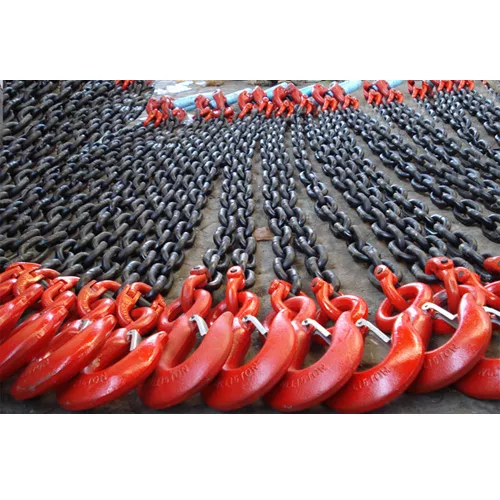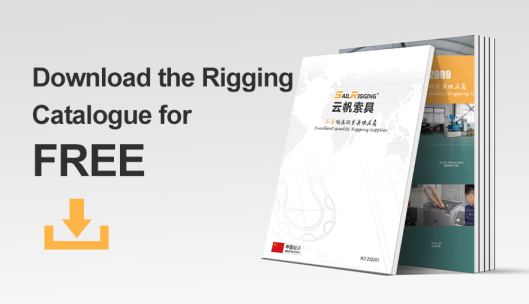Link chains are indispensable tools in numerous industries, providing strength, durability, and reliability in a wide range of applications. One crucial aspect of link chains is their grade, which denotes their specific properties, including strength, material composition, and suitability for various tasks. In this article, we delve into the different grades of link chains, highlighting their characteristics, applications, and considerations for selection.
Grade 30 Chains
Description: Grade 30 chains, also known as proof coil or general-purpose chains, are made from low-carbon steel.
Strength: These chains offer moderate strength and are suitable for light to medium-duty applications.
Applications: Grade 30 chains find use in towing, logging, agriculture, and general lifting tasks where moderate loads are involved.
Considerations: While cost-effective, Grade 30 chains may not be suitable for heavy loads or harsh environments due to their lower strength and durability.
Description: Grade 43 chains, often called high-test chains, are constructed from medium-carbon steel.
Strength: These chains offer higher strength and durability compared to Grade 30 chains, making them suitable for heavier loads and more demanding applications.
Applications: Grade 43 chains are commonly used in transportation, construction, marine, and agricultural industries where increased strength and reliability are required.
Considerations: Grade 43 chains provide a balance between strength and affordability, making them versatile for a wide range of applications.
Description: Grade 70 chains, also known as transport or trucker chains, are designed for cargo securement in the transportation industry.
Strength: These chains are made from high-carbon steel and are heat-treated for increased strength and toughness.
Applications: Grade 70 chains are specifically used for tie-down applications on trucks and trailers, offering high strength and reliability for securing heavy loads during transit.
Considerations: Grade 70 chains are not suitable for lifting applications and should only be used for cargo securement purposes due to their design and intended use.
Grade 80 Chains
Description: Grade 80 chains are engineered for lifting and overhead lifting applications where safety and reliability are paramount.
Strength: These chains are manufactured from alloy steel and undergo advanced heat treatment processes to achieve high strength, toughness, and resistance to wear and fatigue.
Applications: Grade 80 chains are commonly used in construction, rigging, mining, and manufacturing industries for lifting heavy loads and rigging applications.
Considerations: Grade 80 chains offer superior strength and performance compared to lower-grade chains but come at a higher cost. Proper training and adherence to safety standards are essential when using Grade 80 chains for lifting operations.
Grade 100 Chains
Description: Grade 100 chains represent the highest strength and performance level among standard chain grades.
Strength: Made from premium alloy steel and subjected to advanced heat treatment processes, Grade 100 chains offer exceptional strength-to-weight ratios and durability.
Applications: Grade 100 chains are used in heavy lifting, rigging, and material handling applications where extreme loads and harsh operating conditions are encountered.
Considerations: Grade 100 chains are designed to meet stringent industry standards for safety and reliability. Proper inspection, maintenance, and handling practices are critical for ensuring their safe and effective use in demanding applications.
Conclusion
Understanding the different grades of link chains is crucial for selecting the right chain for a particular application. Whether it’s towing, cargo securement, lifting, or rigging, each grade offers specific strengths and capabilities to meet diverse industrial needs. By considering factors such as load requirements, environmental conditions, and safety regulations, operators can choose the most suitable grade of link chain to ensure optimal performance and reliability in their operations. If you want to know more about different link chain, please feel free to contact Sail Rigging.





